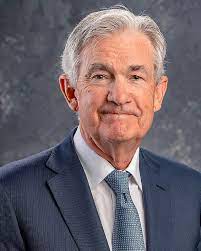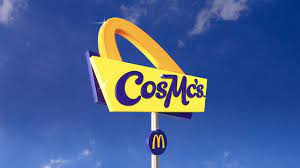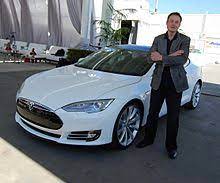Mastering the Inflation-Economic Growth Nexus: Insights and Strategies

In today’s economic landscape, the conversation surrounding inflation and economic growth has never been more crucial. As we delve into the intricacies of these financial aspects, we aim to provide you with a comprehensive understanding of the factors influencing these trends.
Understanding the Current Economic Scenario
Inflation: A Persistent Concern
In recent times, inflation has emerged as a persistent concern, attracting the attention of both policymakers and the general public. Tthe remarks made by Federal Reserve Chairman Jerome Powell regarding the prevailing high levels of inflation.
Inflation, in simple terms, is the rate at which the general level of prices for goods and services rises, leading to a decrease in the purchasing power of a currency. In the case of the United States, high inflation levels have led to concerns about the increasing cost of living, affecting individuals, families, and businesses alike. Powell’s statement underlines the urgency of addressing this issue.
The Interplay of Economic Growth
On the flip side, economic growth plays a pivotal role in shaping a nation’s prosperity. While it is essential to curb high inflation, it’s equally crucial to understand the relationship between inflation and economic growth. Economic growth is typically measured by an increase in a country’s Gross Domestic Product (GDP), which reflects the value of all goods and services produced within its borders.
Powell’s assertion that lower economic growth may be necessary to combat inflation raises critical questions. It emphasizes the intricate balance policymakers must strike between controlling inflation and promoting economic growth. This section will delve into the complexities of this delicate equilibrium.
The Link Between Inflation and Economic Growth
The Phillips Curve
To comprehend the relationship between inflation and economic growth, we can turn to the Phillips Curve, a fundamental economic concept. The Phillips Curve demonstrates an inverse relationship between inflation and unemployment. In other words, when inflation is high, unemployment tends to be low, and vice versa.
Powell’s statement essentially alludes to the trade-off depicted by the Phillips Curve. To reduce inflation, policymakers may have to accept a decrease in economic growth or higher unemployment. This trade-off is often a key consideration when implementing monetary and fiscal policies to manage inflation.
Policymaking in the Face of High Inflation
Policymakers must carefully consider their approach to managing high inflation. They can use various tools at their disposal, including adjusting interest rates, implementing fiscal policies, and managing the money supply. Powell’s comments indicate that a nuanced approach may be necessary to ensure a stable economic environment.
Strategies for Navigating High Inflation
Diversifying Investments
In times of high inflation, investors are encouraged to diversify their portfolios. Diversification can help safeguard investments against the eroding effects of rising prices. Allocating assets across various asset classes, such as stocks, bonds, and commodities, can provide a level of protection and ensure a balanced risk-reward profile.
Real Assets as a Hedge
Real assets, such as real estate and commodities, have historically served as hedges against inflation. Investing in tangible assets can provide a safeguard against the diminishing value of money. This section delves into the merits of incorporating real assets into your investment strategy.
Jerome Powell’s remarks about the need for lower economic growth to combat high inflation have sparked significant debate and reflection. The dynamic interplay between inflation and economic growth will continue to shape economic policies and individual financial decisions. Staying informed and adaptable is key in a rapidly evolving economic landscape.










